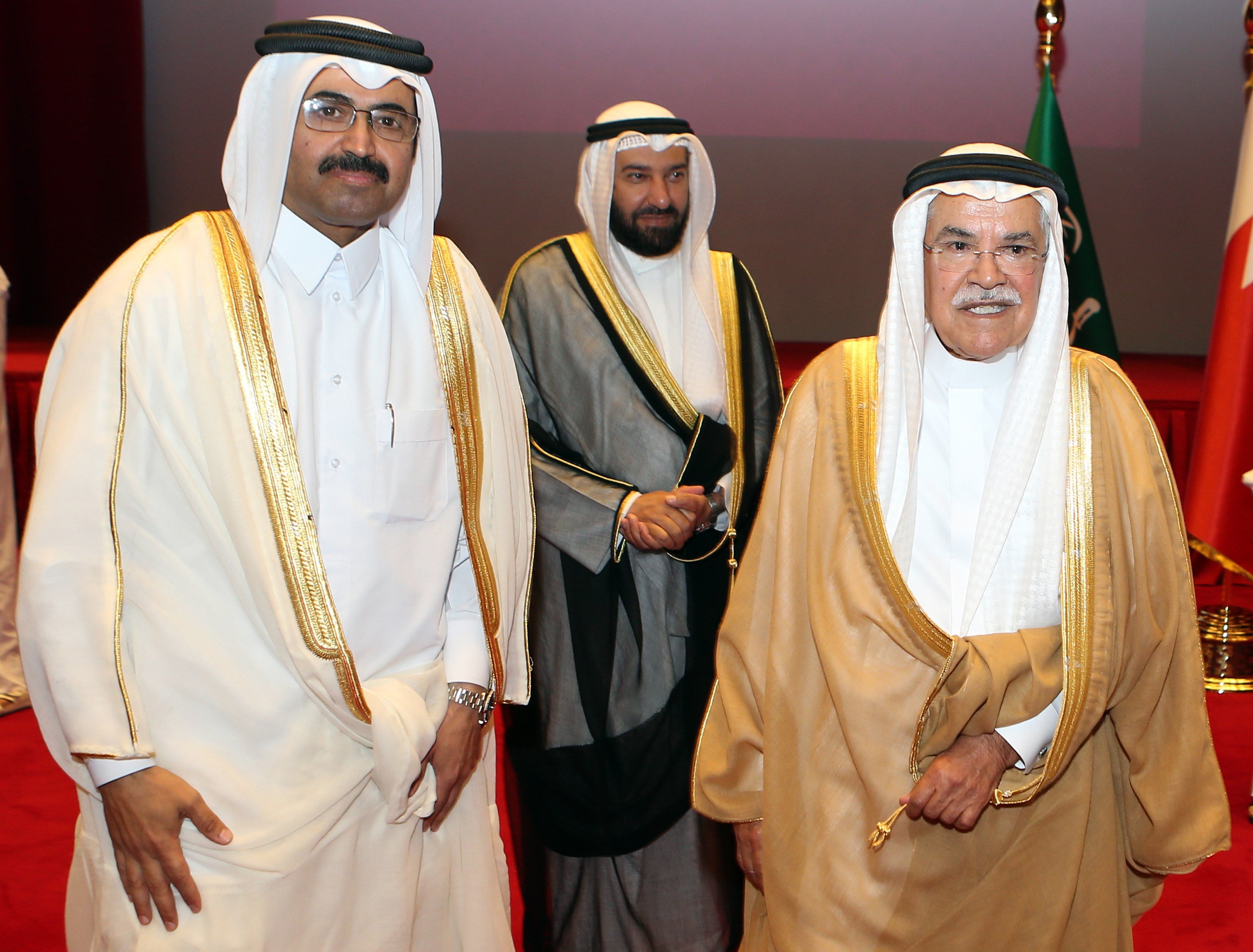Opec victory as US shale oil producers are driven to the wall
International Energy Agency forecasts biggest supply fall in 24 years in 2016

Your support helps us to tell the story
From reproductive rights to climate change to Big Tech, The Independent is on the ground when the story is developing. Whether it's investigating the financials of Elon Musk's pro-Trump PAC or producing our latest documentary, 'The A Word', which shines a light on the American women fighting for reproductive rights, we know how important it is to parse out the facts from the messaging.
At such a critical moment in US history, we need reporters on the ground. Your donation allows us to keep sending journalists to speak to both sides of the story.
The Independent is trusted by Americans across the entire political spectrum. And unlike many other quality news outlets, we choose not to lock Americans out of our reporting and analysis with paywalls. We believe quality journalism should be available to everyone, paid for by those who can afford it.
Your support makes all the difference.Oil output from non-Opec countries will shrink by its largest margin since the collapse of the Soviet Union next year, marking a victory for the Saudi-led squeeze on US shale oil producers.
The International Energy Agency (IEA), the Paris-based energy policy group, said producers outside the 12-member bloc will be forced to slash output by 500,000 barrels a day in 2016 to 57.7 million barrels – the biggest cut in 24 years.
Opec members, led by Saudi Arabia, have resisted calls to cut production despite a glut of supply in the market as they bid to defend their market share.
Saudi Arabia’s oil ministry, led by the influential Ali al-Naimi, has ramped up flows to more than 10 million barrels a day over the past six months, losing billions of dollars a month due to lower prices but strangling less efficient US competitors.
“Oil’s price collapse is closing down high-cost production from Eagle Ford in Texas to Russia and the North Sea,” the IEA said. “The Saudi-led Opec strategy to defend market share regardless of price appears to be having the intended effect of driving out costly, ‘inefficient’ production.”
The US shale oil industry will bear the brunt of the output cut, the agency said, slashing production by 400,000 barrels a day next year.
The overall drop will be the largest slide in non-Opec supply since 1992, when the downfall of the former Soviet Union caused output to shrink by 1 million barrels a day from the year before.
Brent crude oil is trading at six-year lows, leading to a raft of jobs losses and capital expenditure cuts by large corporates such as Shell and BP since the turn of the year.
The IEA’s assessment coincided with a note from Wall Street’s dominant oil trading force, Goldman Sachs, which forecast a slump in the crude price to as low as $20 a barrel if Opec production continues to grow and non-Opec supply stays resilient next year.
“The oil market is more oversupplied than we had expected, and we now forecast this surplus to persist in 2016,” it said in a note to clients. “While not our base case, the potential for oil prices to fall to such levels, which we estimate near $20 a barrel, is becoming greater as storage continues to fill.”
The bank cut its price forecasts for the next 12 months to $45 a barrel for West Texas Intermediate – down from its previous forecast of $57 a barrel made in May. It also cut brent crude forecasts to $49.50 a barrel from $62.
Despite the downbeat assessment for US shale, industry observers are sceptical about how long the Saudi-led strategy can continue to strangle the industry, in light of shifting sands in the Chinese economy.
“Pessimism about China has been overdone,” said Capital Economics’ chief global economist, Julian Jessop, pointing to forecasts the Chinese economy will continue to slow. He added that the return of Iran to the oil market after US sanctions are lifted would also not be a “game changer” for prices.
US shale oil producers could also be more resilient than they appear despite high levels of indebtedness. Around 4,000 untapped wells have been drilled in the country waiting to be fracked, and are able to start producing in a matter of weeks if conditions improve.
“The ability to turn on production is very easy in that universe if the price goes up,” said the Canaccord Genuity analyst Richard Griffith. “The price decline is going to have an impact but it doesn’t conclusively prove the Saudis have beaten the shale producers.”
Join our commenting forum
Join thought-provoking conversations, follow other Independent readers and see their replies
0Comments